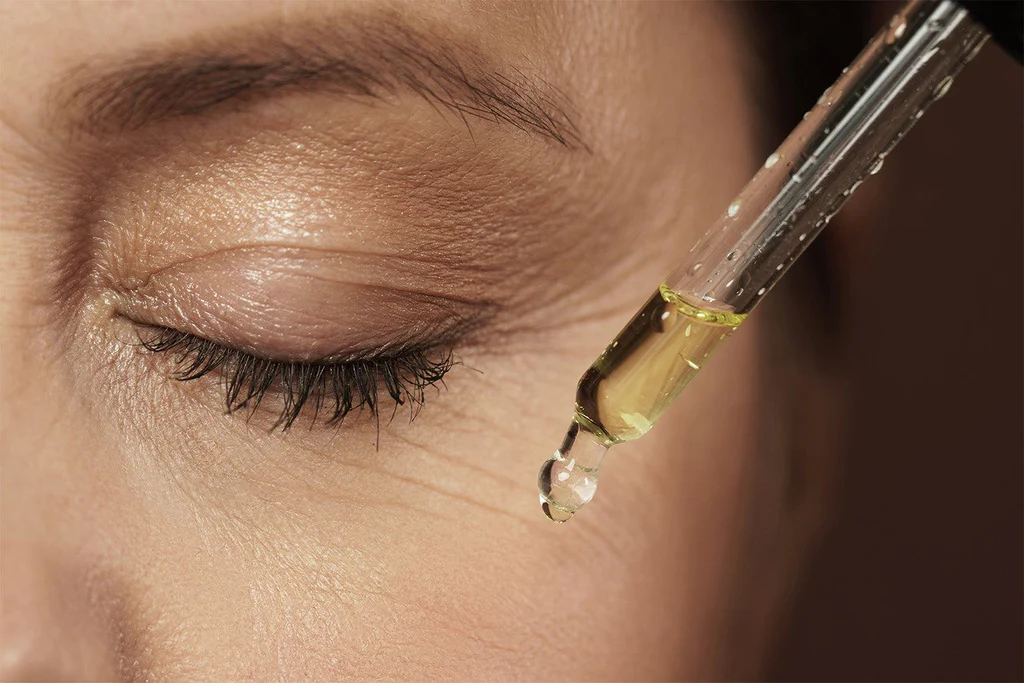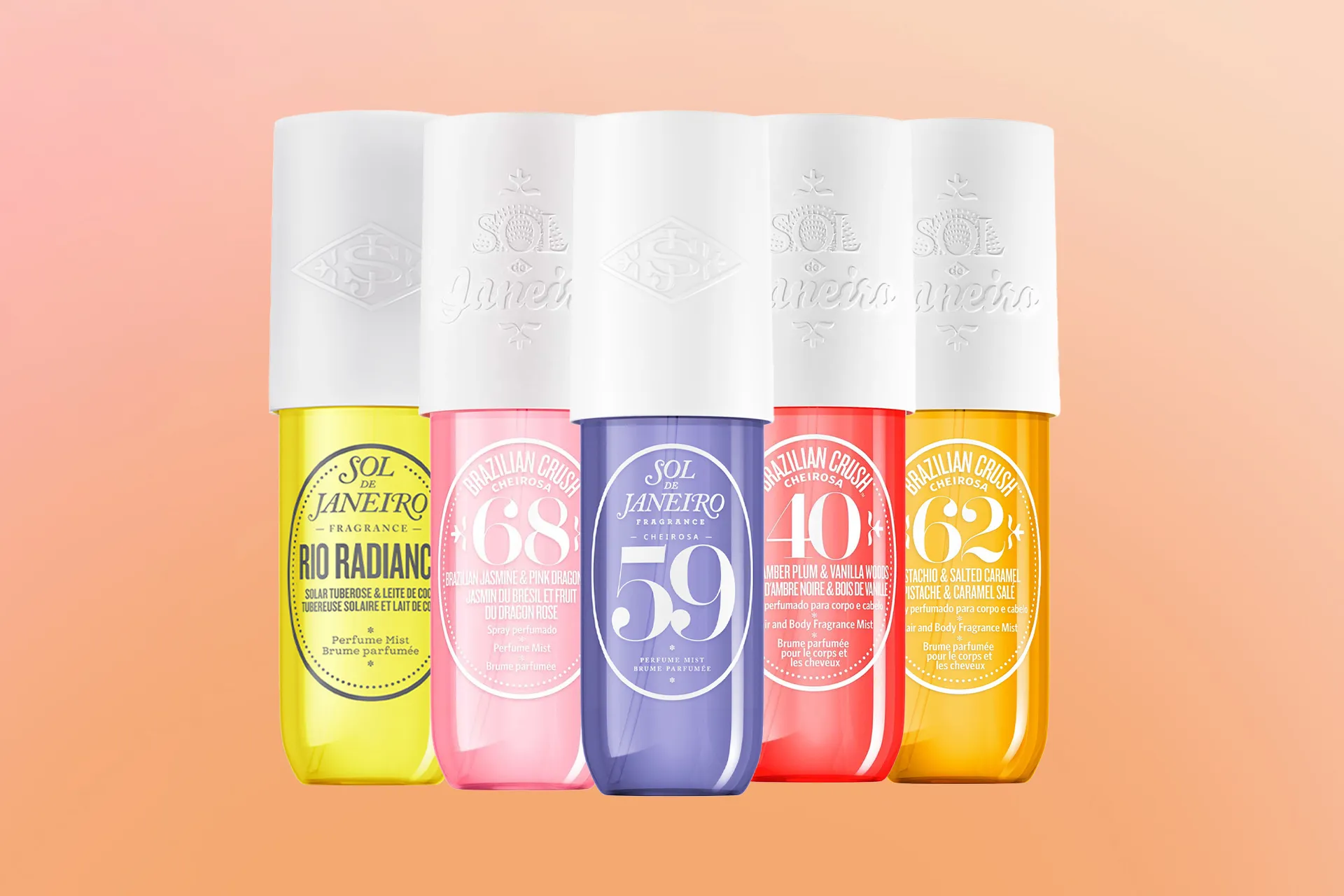National Jewel Day is an unofficial holiday that falls on March 13 every year. It is a day to celebrate all things shiny, blingy, and sparkly, such as gemstones, jewelry, and ornaments. Whether you are a fan of diamonds, pearls, rubies, or emeralds, this is the perfect day to show off your favorite jewels and appreciate their beauty and craftsmanship.
What are Jewels?
The word jewel originates from the Medieval Latin word jocale, which means plaything or pastime. One can define a jewel as a gemstone, or precious or semi-precious and natural or man-made. Also, for ornaments made from these gemstones.
People have been wearing jewels for centuries, and many view them as a way to reflect one’s status in society. Ornaments of all shapes and sizes have been, and today people wear them for both functional and decorative purposes.
Some of the most common types of jewels are:
- Diamonds: The hardest and most valuable of all gemstones, diamonds are made of pure carbon and have a brilliant sparkle. Diamonds are often used for engagement rings and wedding bands, as they symbolize love and eternity. Diamonds are also the birthstone for April.
- Pearls: The only gemstone produced by a living organism, pearls are formed when a mollusk secretes a substance called nacre around a foreign object, such as a grain of sand. Pearls come in various colors, shapes, and sizes, and are prized for their luster and elegance. Pearls are also the birthstone for June.
- Rubies: The red variety of the mineral corundum, rubies are one of the most sought-after and expensive gemstones. Rubies are known for their rich color, hardness, and durability. They are also associated with passion, courage, and power. Rubies are also the birthstone for July.
- Emeralds: The green variety of the mineral beryl, emeralds are one of the rarest and most valuable gemstones. Emeralds are known for their vivid color, clarity, and brilliance. They are also linked to wisdom, growth, and harmony. Emeralds are also the birthstone for May.
How are Jewels Made?
Jewels are made by different processes, depending on their origin and composition. Some jewels are formed naturally in the earth, while others are created artificially in laboratories. Some jewels are cut and polished to enhance their appearance, while others are left in their natural state.
Some of the most common methods of making jewels are:
- Mining: This is the process of extracting jewels from the earth, usually from deep underground or underwater. Mining can be done by using machines, explosives, or manual labor. Mining can have environmental and social impacts, such as pollution, deforestation, and human rights violations.
- Synthesizing: This is the process of creating jewels in laboratories, usually by using high temperature, pressure, or chemical reactions. Synthesizing can produce jewels that are identical or similar to natural ones, or jewels that have unique properties and colors. Synthesizing can have advantages, such as lower cost, higher quality, and ethical sourcing.
- Cutting: This is the process of shaping jewels into various forms, such as round, oval, square, or pear. Cutting can enhance the jewels’ symmetry, proportion, and light reflection. Cutting can be done by using machines, lasers, or hand tools. Cutting can have different styles, such as brilliant, step, or mixed.
- Polishing: This is the process of smoothing and shining the surface of jewels, usually by using abrasives, chemicals, or heat. Polishing can improve the jewels’ clarity, color, and sparkle. Polishing can be done by using machines, cloth, or leather. Polishing can have different grades, such as excellent, very good, or good.
Why are Jewels Important?
Jewels are important for many reasons, such as:
- Aesthetic: Jewels are attractive and pleasing to the eye, and can enhance one’s appearance and style. Jewels can also express one’s personality, mood, and taste. Jewels can also be used for artistic and creative purposes, such as making sculptures, paintings, or crafts.
- Symbolic: Jewels can represent various meanings and values, such as love, friendship, faith, or loyalty. Jewels can also commemorate special occasions and milestones, such as birthdays, anniversaries, or graduations. Jewels can also be used for religious and cultural purposes, such as wearing crosses, stars, or amulets.
- Economic: Jewels can have monetary value and can be used as a form of currency, investment, or trade. Jewels can also provide income and employment for many people, such as miners, jewelers, or retailers. Jewels can also support the development and growth of various industries, such as fashion, tourism, or technology.
How to Celebrate National Jewel Day?
There are many ways to celebrate National Jewel Day, such as:
- Wear your favorite jewels: Whether it is a necklace, a ring, a bracelet, or a pair of earrings, put on your favorite jewels and show them off to the world. You can also mix and match different jewels and colors to create a unique and fun look. You can also wear jewels that match your birthstone or zodiac sign.
- Buy or make new jewels: If you are feeling adventurous, you can buy or make new jewels to add to your collection. You can visit a local jewelry store or shop online for a wide range of jewels and prices. You can also make your own jewels by using materials, such as beads, wire, or clay. You can also customize your jewels by engraving, painting, or embroidering them.
- Gift or donate jewels: If you are feeling generous, you can gift or donate jewels to someone you love or care about. You can surprise your partner, family, or friends with a beautiful and meaningful jewel. You can also donate your old or unwanted jewels to a charity, a museum, or a school. You can also recycle or repurpose your jewels into something new and useful.
- Learn or teach about jewels: If you are feeling curious, you can learn or teach about jewels and their history, origin, and significance. You can read books, watch documentaries, or listen to podcasts about jewels and their stories. You can also visit a museum, a gallery, or a mine to see jewels and their exhibits. You can also teach your children, students, or colleagues about jewels and their facts, trivia, and fun activities.
FAQs about National Jewel Day
Here are some frequently asked questions about National Jewel Day:
- Who created National Jewel Day? The origins and founder of National Jewel Day are unknown. However, some sources suggest that it may have been created by a jewelry company or a jewelry enthusiast to promote and celebrate jewels and jewelry.
- When is National Jewel Day? National Jewel Day is on March 13 every year. It is not a public holiday, so schools, businesses, and government offices are open as usual. However, some jewelry stores or websites may offer discounts or deals on this day.
- What is the difference between jewels and jewelry? Jewels are the individual pieces of gemstones, while jewelry is the collective term for ornaments made from jewels or other materials, such as metal, wood, or glass. For example, a diamond is a jewel, while a diamond ring is a jewelry.
- What are the four Cs of jewels? The four Cs of jewels are carat, color, clarity, and cut. These are the four main factors that determine the quality and value of a jewel. Carat is the weight of the jewel, color is the hue of the jewel, clarity is the absence of flaws in the jewel, and cut is the shape and proportion of the jewel.
Conclusion
National Jewel Day is a day to appreciate and enjoy the sparkle and shine of gems and jewelry. Whether you are a collector, a maker, or a lover of jewels, this is the day to celebrate your passion and hobby. So, go ahead and wear, buy, make, gift, donate, learn, or teach about jewels and have a dazzling day!

 By
Your Beauty Plug
By
Your Beauty Plug




